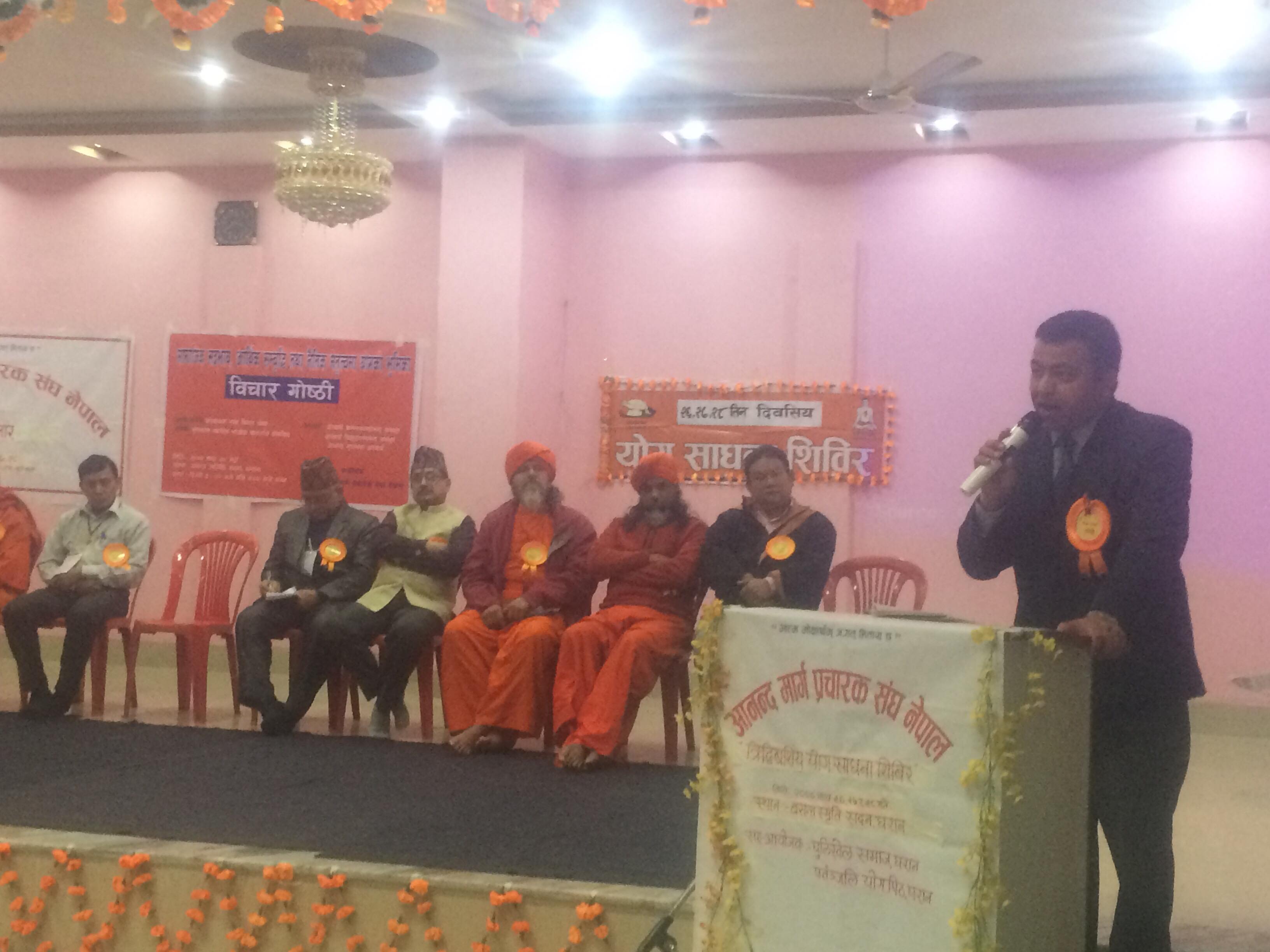Abstract
Introduction
Pharmacovigilance is not new to India and has in fact been going on since 1998. Adverse drugs reaction (ADRs) are important causes of morbidity and mortality all over the world. They account for approximately 10-20% of all hospitalized patients. The overall incidence of serious ADRs is 6.7% and that of fatal is 0.32%.
Objective
The objectives of the study was to find the pattern of adverse drug reactions in patients attending medicine ward of a tertiary care center of New Delhi.
Methodology
A prospective study was conducted from March 2013 to December 2013. On the basis of WHO-UMC causality assessment algorithm, the incidence and pattern of ADRs were assessed from 300 patients of 18 to 70 years of age. The collected data was entered in Microsoft Excel, Common Terminology Criteria for Adverse Events (CTCAE) and analysed by SPSS.
Results
The incidence of ADRs was found to be 13.67%. More than one ADRs has been reported from some patients. The gender of the patients has no significance in the occurrence of ADRs (p=0.194). The highest number of ADRs were found in the gastrointestinal system followed by the central nervous system. Gastrointestinal ADRs were most commonly associated with the uses of antimicrobials. The most frequently seen ADRs were diarrhea, gastritis, abdominal pain followed by nausea and vomiting. Decreased level of consciousness (sedation, drowsiness) followed by dizziness and tremors were the frequent ADRs related to the central nervous systems. Based on WHO-UMC causality assessment algorithm, it was observed that a total of 57 ADRs were possible and 2 were probable. No other causality assessment category was observed.
Conclusion
The ADRs incidence was common even in a tertiary care center. The gastrointestinal and central nervous system disorder was common. The concern of Pharmacovigilance should be initiated.
Keywords
Adverse drug reactions, antimicrobials, pharmacovigilance, WHO-UMC





